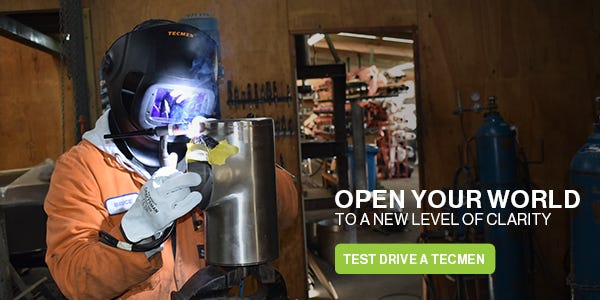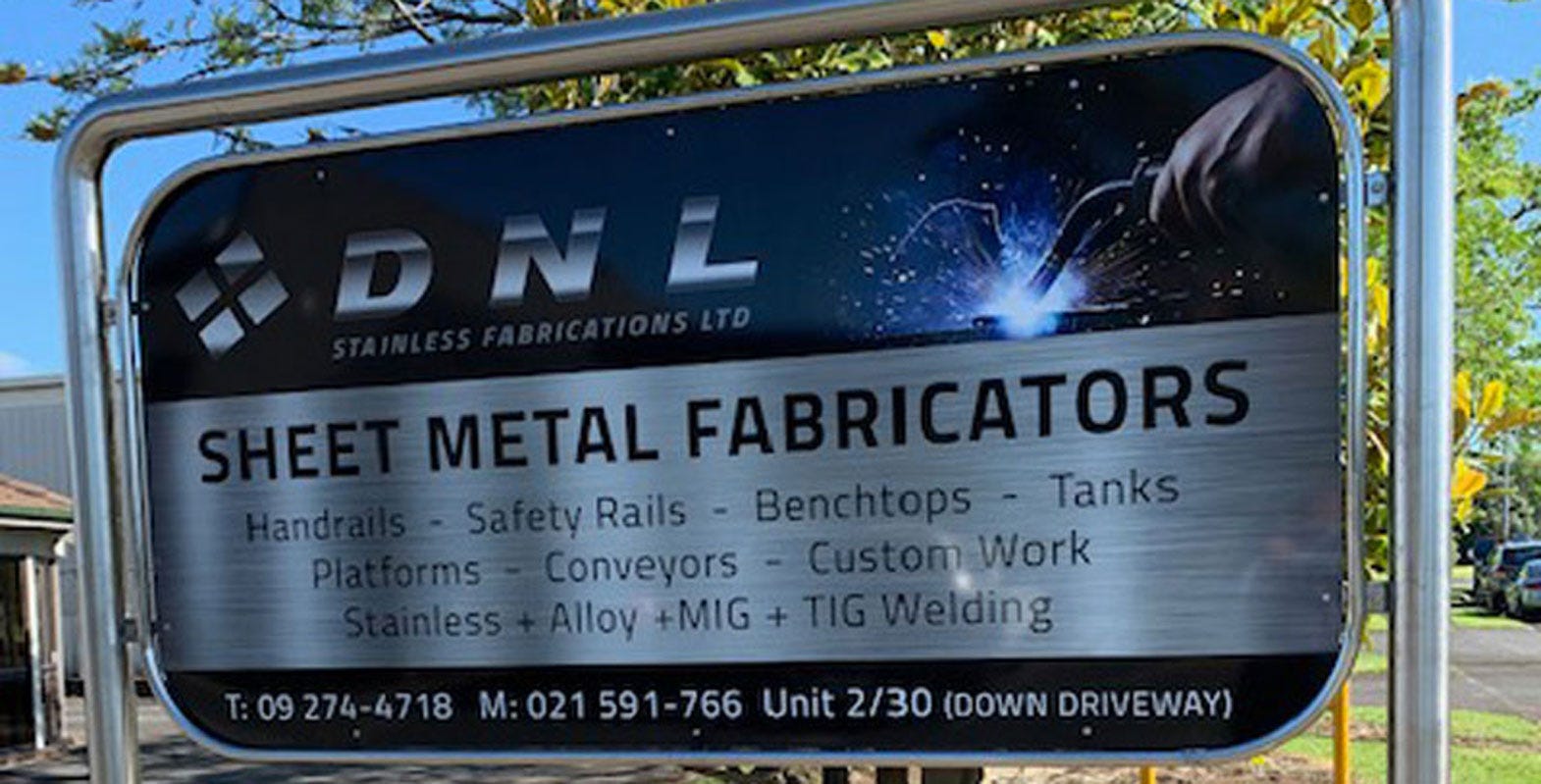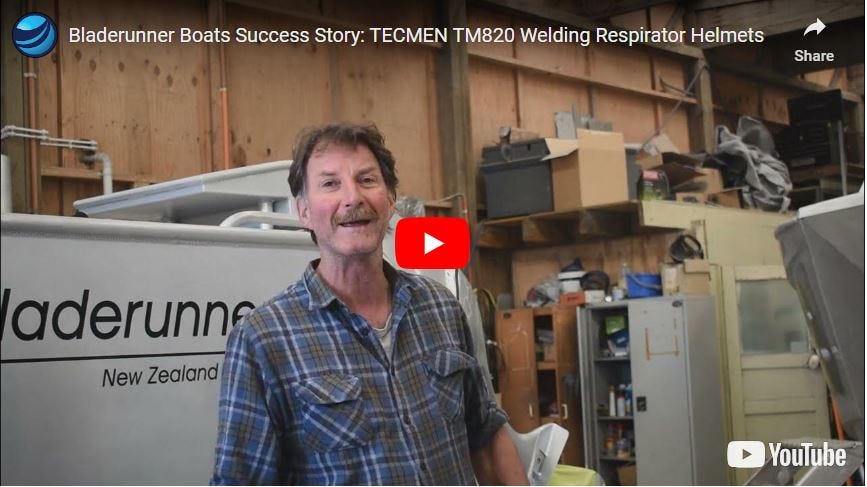Welding fumes - how much exposure causes cancer?
Welding fumes commonly contain Nickel and Chromium, both of which are linked to cancer. In fact, ALL welding fume is internationally classified as carcinogenic to humans. So what are the risks? How do I keep everyone safe?


There's no doubt about it - welding fumes are dangerous! From mild throat irritation to various types of cancer, including lung, larynx and urinary tract - you need a plan on how to stay safe.
Awareness is essential. Anyone in the welding industry needs to know the risks they're potentially exposed to every time they weld, so they can understand the importance of taking precautions to stay safe at work.
What are the risks?
The contents of YOUR welding fumes will depend on a number of factors including:
- Your welding technique.
- Material you're welding (including any surface coatings or metal treatments).
- Contaminants in the air (for example vapours from solvent cleaners or degreasers).
- Consumables being used.
- Any shielding flux or gases.
- Power settings.
- Location/ventalation (welding outside or in an enclosed space)
- Length of time welding.
Certain contaminants will put you at a higher risk of developing cancer, as per the table below.
| Contaminant | Source | Risk |
| Beryllium | This is a hardening agent often found in copper, magnesium, aluminium alloys and electrical contacts. | Known carcinogen |
| Cadmium Oxides | Stainless steel containing cadmium or plated materials, zinc alloy | Suspected carcinogen |
| Chromium | Found in most stainless steel and high alloy materials, welding rods. It is also used as plating material. | Some forms are carcinogens (hexavalent chromium) |
| Nickel | Found in stainless steel, nickel-chromium, nickel-copper, and other high alloy materials, welding rods, plated steel. | Increased cancer risk has been noted in occupations other than welding. |
To learn more about other potential health risks from welding fumes read: The danger of welding fumes - cancer and other effects.
Your technique/welding process will effect your exposure
That's right. Different welding techniques produce different amounts of fumes. Choosing a suitable welding process that produces low fume emissions should be part of every workshops hazard reduction plan. For more information on different welding processes read this: Are workshop welding processes making you sick?
Not just lung cancer!
Did you know welding could be exposing you to harmful UV radiation? Yes, that same stuff you get from the sun is given off with any electric arc welding technique (including MIG and TIG), or lazer welding. Using these techniques you'll be exposed to direct UV radiation produced by the arc and the UV radiation that is reflected off hard and smooth surfaces around you. UV radiation can cause sunburn, eye damage (welder’s flash), skin cancer, eye melanoma and cataracts (clouding on the lens of the eye).
How much exposure causes cancer?
Like smoking, there are no guarantees that exposure to welding fumes will cause cancer. Everyone is different. However it is well studied, and concluded, that the contaminants found in welding fumes mentioned above CAN CAUSE CANCER. It is therefore both highly recommended, and a legal requirement for businesses, that processes are put in place to reduce workers exposure to these hazards.
What can I do to stay safe?
This depends on if you're the boss or the employee. A lot of people ask the question 'who's responsibility is it?' - well there is an answer to this from a legal perspective, but at the end of the day, everyone is responsible for their own health. Yes, it is an employers responsibility to provide a safe working environment, including correct fitting PPE, but equally it is the employees responsibility to follow safe work practices, including wearing their PPE. Communication is key, so if you're an employee or a boss, and things aren't right, speak up.
- Employers are required to ensure the health and safety of their workers at their workplace.
- Workers must take care of their own health and safety.
- Workers must not negatively affect the health and safety of other people.
- Workers must follow any reasonable instruction and workplace health and safety policies.
Below is a list of activities that can be practiced in any workshop to reduce exposure to cancer causing fumes and UV rays while welding:
| Activity | Control |
| Surface Preparation | Remove any paint or coatings from surfaces before welding. Do not use chlorinated solvents for cleaning. |
| Welding Process and Consumables | Where possible, choose a welding process and consumables that produce less fume and/or UV radiation. Change power settings to reduce fumes. |
| Welding Fume and Gases | A combination of local exhaust and forced dilution ventilation is best practice. Natural ventilation should not be used as a control measure. |
| PPE | Wear a welding helmet with powered air respirator protection that filters particulates and ozone. Use a full face welding helmet, with a UV filtered lens. Wear welding protection such as long trousers and long sleeved shirts without cuffs in non-flammable material, covering all exposed skin; welding leathers are recommended. Wear insulated, flame resistant welding gloves and steel-toe leather boots. |
| Isolation | Separate welding activities from other work jobs. Many workers welding in one space can increase welding fume. Use welding screens to protect other workers from welding arc. Where possible, automate welding activities. |
| Job Rotation | Rotate job tasks between workers. This will help to reduce the duration of exposure to fumes, gases and UV radiation. |
Employers may also be interested in:
Is there a way to keep everyone happy?
We think there is! While it may not solve ALL your problems when it comes to safety, it will:
- Get the big tick from WorkSafe;
- Be something workers will LOVE to wear; and
- Increase your workshop productivity (what boss wouldn't want that?)
 Need assistance?
Need assistance?







